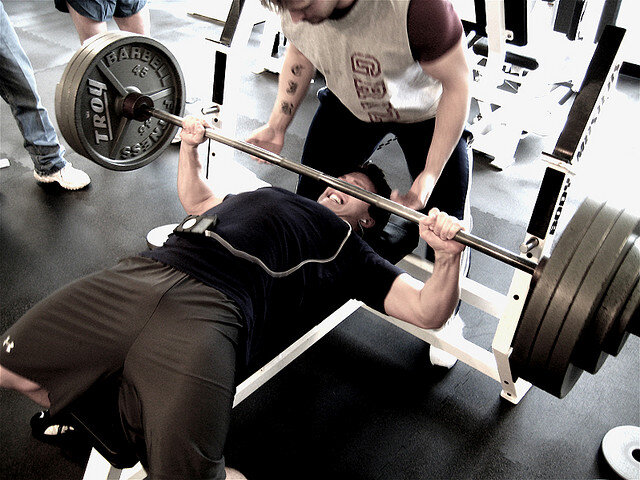

You Don’t Need To Be An Athlete To Get Out of Bed
Not everyone’s fitness goals need to be about perfection, world record breaking, or that of a high performance athlete. Most people really only need a moderate and consistent movement practice in order to live their life, maintain good health, and prevent injury. Coaches and trainers may be doing a disservice to their clients by overempasizing “perfect” form and reach goals that may be either uninteresting or not doable for them. It can also create fear in people that getting injured doing any kind of exercise will cause injury.

You Probably Care Too Much About Exercise Form
“Proper” form is not the end-all be-all when it comes to injury prevention nor being able to lift more weight. There are many high level strength athletes who have unique forms when lifting and are healthy and injury free.

Developing The Delts
The deltoids are an important muscle group that work in conjunction with the back, shoulders, and pectorals. They are a small muscle group and therefore they grow more slowly. Training them is a long term goal that requires patience, strict form, and more patience. The trapezius muscles (traps) are also key in developing the delts and are also difficult to isolate and train individually. There are many excercises that help specifically build up the delts and traps, but they can also be trained during your normal lifting routine. The posterior delts are the least targeted during regular training so if you want to develop the delts, make sure you focus on this area.

Paused Reps In Your Training
Pauses in reps can be very useful for building muscle mass and practicing strict form, especially when doing higher reps or exercises where you tend to zone out or speed through. Pauses at the bottom of each rep helps keep you aware of your form as well as letting your muscles re-engage for the second part of the lift. Pause reps can be a great way to add more difficulty to your workouts, but it’s best to assess each lift to see if it will be beneficial.

How Fast Should You Lift?
It’s commonly believed that slower reps produce better results, though recent research strongly contradicts this old school wisdom. While high speed reps generally produce better results, there are still some caveats and nuances to understand. Understanding these nuances will help you understand when to apply purposefully fast reps, and when it may help to slow things down a bit.
